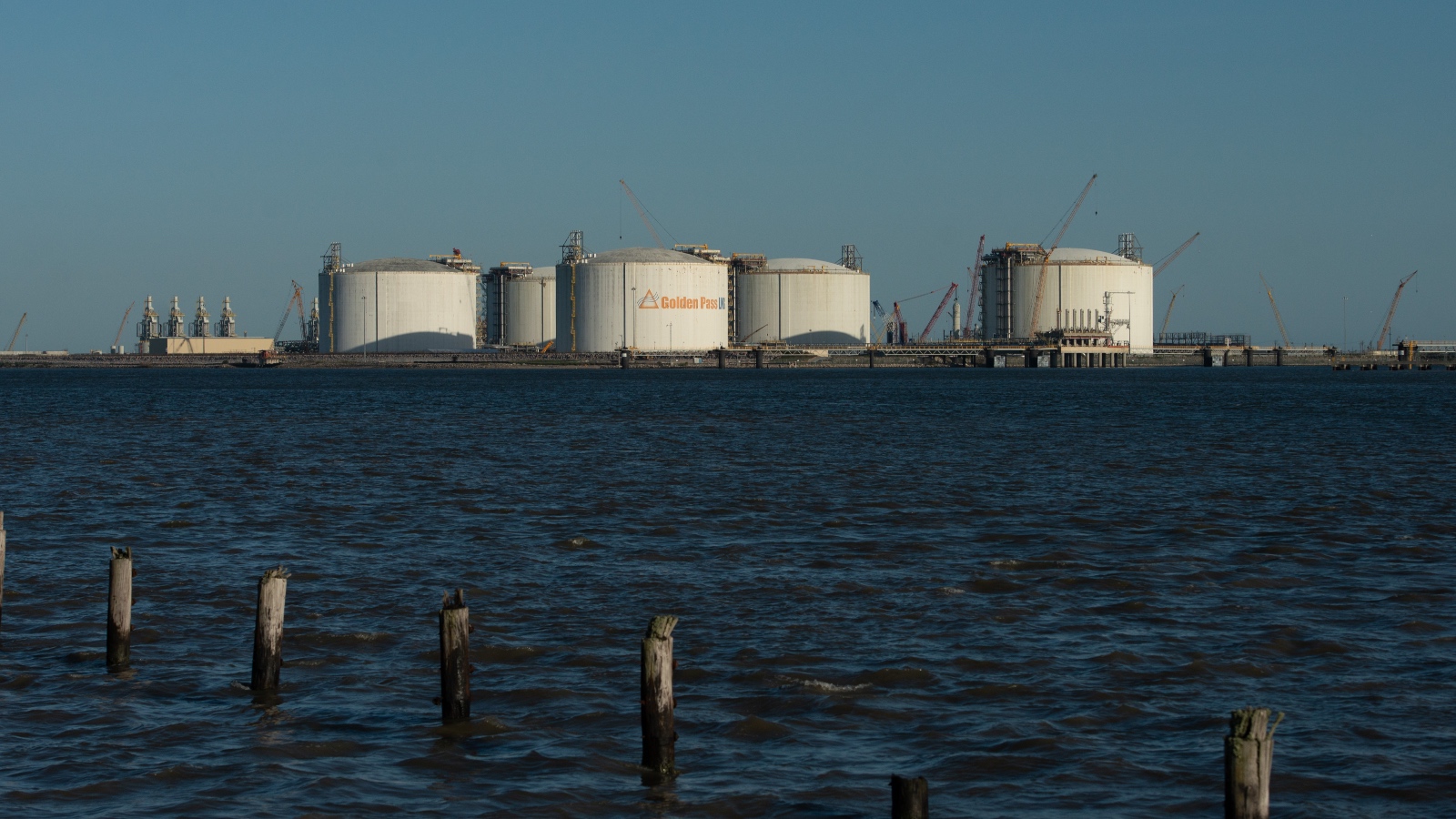The expansion of liquefied natural gas export terminals in the United States — up to 25 projects currently underway — could end up emitting more than 90 million tons of greenhouse gases in a year, according to the Environmental Integrity Project, a non-profit that analyzed state and federal permits. That figure is roughly equivalent to the carbon pollution produced by 20 coal-fired power plants, and does not include emissions that would result from the extraction and end use of the gas itself.
The Environmental Integrity Project calculated emissions from LNG projects that are proposed and seeking permits, fully authorized and soon to begin construction, or currently under construction. There are seven LNG export terminals operating in the United States today, which would mean — should all of the new projects become operational — more than a four-fold increase in such facilities by 2028.
Since the start of the Ukraine conflict in March, a number of legislators have demanded an immediate increase in domestic natural gas production, ostensibly to cut into Russia’s power in the oil and gas market and to reduce pressure on household budgets strained by high gas prices. Some European nations have found themselves in a challenging position with regard to imposing sanctions on Russia, because they are highly dependent on Russian fossil fuel exports to meet their energy needs.
However, as Grist reported last month, environmental justice activists are concerned that American legislators are using the Ukraine crisis as a reason to secure new oil and gas contracts to appease corporate interests. Increased production, processing, and transportation of LNG poses a significant threat to frontline communities who live near the facilities. Just this week, an explosion at the Freeport LNG plant in Quintana, Texas provoked great alarm within the surrounding community.
Furthermore, Russian sanctions have contributed to gas prices shooting up continuously since March, but they’re not the sole reason for $5-a-gallon. Another major contributing factor is simply an uneven road to recovery from the COVID-19 pandemic. In 2020, OPEC cut production of oil to balance plummeting prices due to global lockdowns, and global producers have not been able to ramp up production enough to meet the demand of a world returning more or less to normal activity.
All but one of the 25 LNG projects analyzed by the Environmental Integrity Project were underway in some form before the Ukraine conflict began, although the report details a significant increase in new international contracts for the existing and under-construction facilities over the past three months. The one new project proposed since February, a New Fortress Energy export terminal proposed to be built off the coast of Louisiana, is currently seeking approval and permitting with an ambitious goal of being operational by early next year. It would be the first offshore export terminal in the United States.
Another processing facility included in Environmental Integrity’s report, a LNG plant proposed in Wyalusing, Pennsylvania by New Fortress Energy, has been at least temporarily blocked. In late March, the environmental interest groups Clean Air Action, Penn Future, and the Sierra Club sued to have the plant’s air emissions permit revoked, due to concerns about air and water pollution. In a settlement, New Fortress Energy agreed to stop construction and let its current permit lapse, which would require the company to restart the permitting process anew to be able to resume construction. This development has thrown a wrench in plans for a LNG export terminal in Gibbstown, New Jersey, which is largely dependent on the Wyalusing facility and is also included in the Environmental Integrity report.



